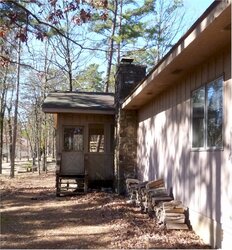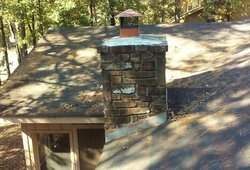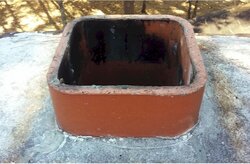Greetings everyone from still warm Arkansas! We'll be in the 80s tomorrow.
I have been reading enough posts now that I decided it was time to join the forum.
I seek advice on a replacement insert stove for my older fireplace.
I have an 1800 sf ranch house here in Central Arkansas built in the early 80s.
Our temps in Winter here hover on average around 40F sometimes dipping into the 20s occasionally.
The existing fireplace is a "Heatform" prefab firebox that they built the masonry around.
Am looking for an insert to place within my older "Heatform" prefab.
Started with the Neo 1.6, which will fit without cutting the 1/8" steel firebox.
I was told by a respected source on this forum that the Neo 2.6 would be better as it can produce more heat if I ever need it.
While any insert will require cutting thru the "Heatform" shell to fit the flu liner, the 2.6 will require me to cut out much of the back (with a sawzall or angle grinder) in order to fit it. The "Summit" is a very close fit, but according to my measurements it may not require any cutting out any of the back of the firebox.
Too much heat potential?
I have heard of one drawback of the Neos. Here we have the occasional ice storm that will cut off power for several days. With a flush mounted stove no power would be available for the blower.
I read that the Summit will blow heat without power, no?
Thanks for your suggestion,
Van
I have been reading enough posts now that I decided it was time to join the forum.
I seek advice on a replacement insert stove for my older fireplace.
I have an 1800 sf ranch house here in Central Arkansas built in the early 80s.
Our temps in Winter here hover on average around 40F sometimes dipping into the 20s occasionally.
The existing fireplace is a "Heatform" prefab firebox that they built the masonry around.
Am looking for an insert to place within my older "Heatform" prefab.
Started with the Neo 1.6, which will fit without cutting the 1/8" steel firebox.
I was told by a respected source on this forum that the Neo 2.6 would be better as it can produce more heat if I ever need it.
While any insert will require cutting thru the "Heatform" shell to fit the flu liner, the 2.6 will require me to cut out much of the back (with a sawzall or angle grinder) in order to fit it. The "Summit" is a very close fit, but according to my measurements it may not require any cutting out any of the back of the firebox.
Too much heat potential?
I have heard of one drawback of the Neos. Here we have the occasional ice storm that will cut off power for several days. With a flush mounted stove no power would be available for the blower.
I read that the Summit will blow heat without power, no?
Thanks for your suggestion,
Van


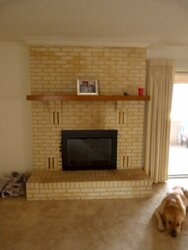
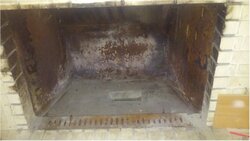
 .
.